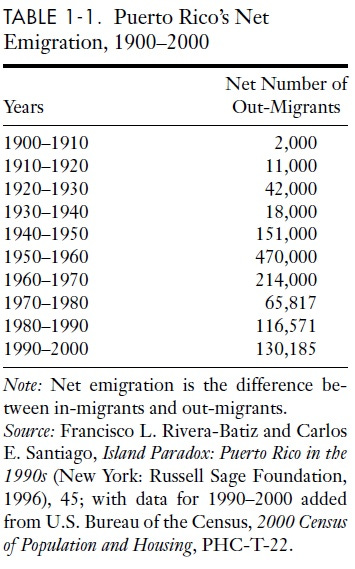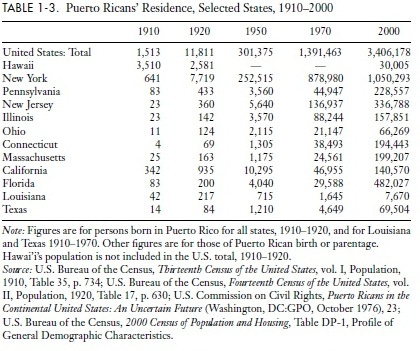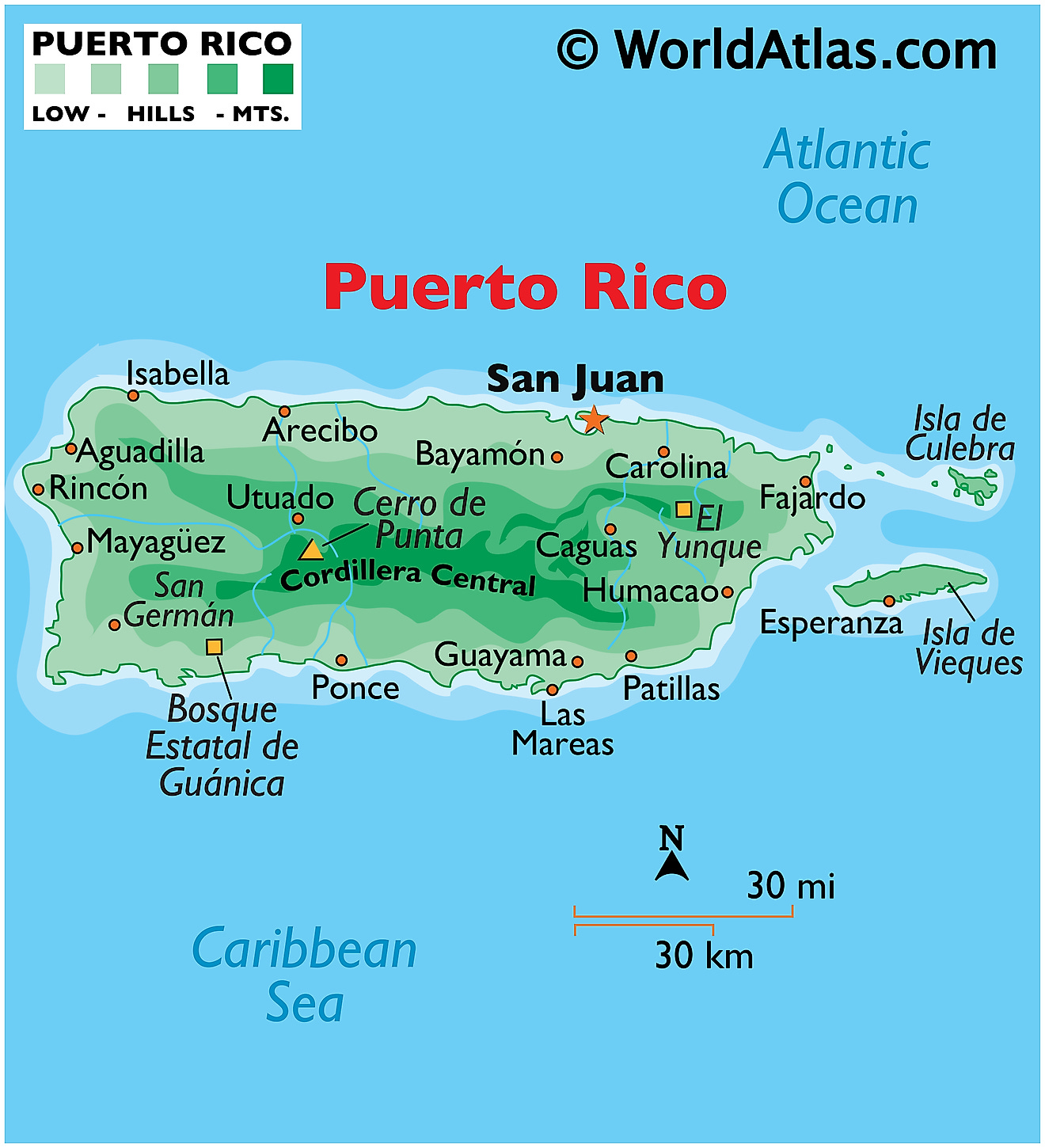The best part of Collier’s Exodus is his analysis of “diaspora dynamics.” In plain English, Irish like to immigrate to countries that already have a lot of Irish, Jews like to immigrate to countries that already have a lot of Jews, and Mexicans like to immigrate to countries that already have a lot of Mexicans. Collier:
The third big thing we know [about immigration] is that the costs of migration are greatly eased by the presence in the host country of a diaspora from the country of origin. The costs of migration fall as the size of the network of immigrants who are already settled increases. So the rate of migration is determined by the width of the [income] gap, the level of income in countries of origin, and the size of the diaspora. The relationship is not additive but multiplicative: a wide gap but a small diaspora, and a small gap with with a large diaspora, will both only generate a trickle of migration. Big flows depend upon a wide gap interacting with a large diaspora and an adequate level of income in countries of origin.
I recently stumbled on an excellent example. Puerto Rico came under U.S. rule in 1898. Six years later, the U.S. Supreme Court upheld Puerto Ricans’ right to freely enter the United States (Gonzales v. Williams [1904]) Consider it open borders by judicial fiat.
Did Puerto Ricans “swamp” in? Hardly. Instead, the Supreme Court’s decision sparked a century-long chain reaction. Here‘s the data, courtesy of historian Carmen Whalen.
Notice: When there were only a few thousand Puerto Ricans in the entire country, open borders led to only modest migration. But decade-by-decade (with an understandable hiatus during the Great Depression), Puerto Rican migration snowballed. In the end, you get what you’d expect from open borders: More Puerto Ricans live in America than Puerto Rico. Yet this great transformation took decades.
Not convinced? You see similar diaspora dynamics if you break Puerto Rican immigration down by state:
Look. In 1950, there were only 4,040 Puerto Ricans in Florida – versus a quarter million in New York. Florida was far more like Puerto Rico in every way – except for the lack of Puerto Ricans. The result: The vast majority of Puerto Rican immigrants in 1950 chose to freeze in New York with their own kind than bask with the Anglos in the Florida sun. Florida eventually became Puerto Ricans’ second-favorite state of residence – but only after the Puerto Rican population hit critical mass.
Since the historic 1904 Supreme Court decision, transportation costs have drastically fallen and wage gaps between the First and Third Worlds have grown. I’d expect open borders to work their magic more swiftly today than they did a century ago. But the basic point remains sound. Open borders wouldn’t lead to instant “swamping.” Instead, we’d see the Puerto Rican experience writ large.
The post appeared first on Econlib.







This analysis ignores wars and extreme economic crises in the countries of origin. In such circumstances, migration will be very rapid, and there will always be countries for which these are the circumstances.
Brian, from your data there is as many Puerto Ricans in the US as in Puerto Rico. In your post you also state that you would expect the process to be faster today than the 100 years it took for that migration to happen. If we had open borders with India, how many Indians do you think there would there be in the United States in 50 years?